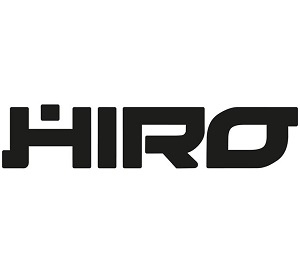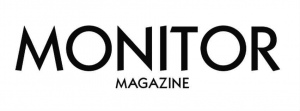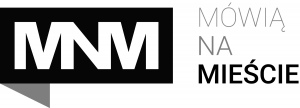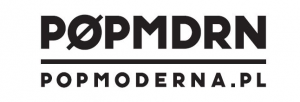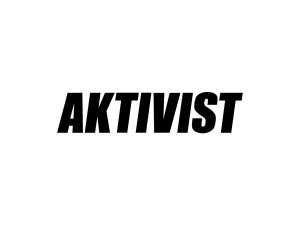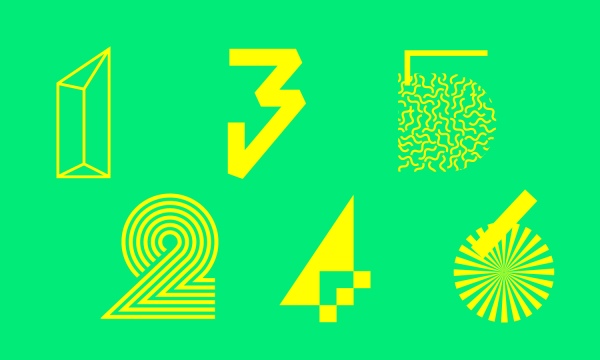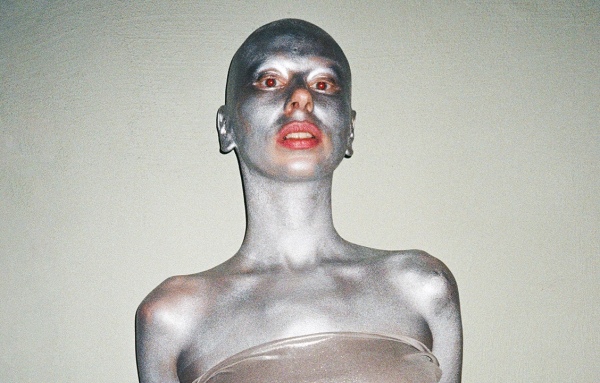Michał Frydrych
I’ll Swap the Image for a Thousand Words
Michał Frydrych is ready to swap one image for a thousand words. What language is the painter speaking? What notions is the image operating under? Michał Frydrych’s images grow into notions; in the perspective of his art, language is not just the object of the artist’s interest and reality, in which we are immersed, but also a tool for looking.
You can think of Michał Frydrych’s exhibition as a sort of artistic oscilloscope. Constructed in the likeness of a measuring apparatus, the exposition is used to study the relationship between different registers of reality: between the word and image, between the concepts of precision and the semantic openness of abstraction, between the literal and the metaphorical, object and presentation, speaking and seeing, as well as, last but not least, between the artist’s sublimated visual-philosophical exploration and the crude concrete of its functioning as a unit in a materialistic, post-capitalist society in the crisis phase.
The second metaphor for Frydrych’s exhibition is a laboratory of alchemic transformations. The artist changes speech into words, builds artifacts from texts, whose form brings us to objects of painting, and on the other hand, leading directly to the images. Here begins the metamorphosis and mutation sequence of painting forms, the process of transformation is carried out using a wide range of sources from an imaging arsenal: from monochromatic and conceptual images being pictorial equivalents of notions, through the illusion and trompe l'oeil, to the psychedelic abstraction.
As one of many possible starting points of the exhibition, it is possible to employ the work entitled Black Block – a figure of dark matter without definite form, multidimensional, modular object with a changeable shape. The artist “condemns” it with meaning – diligently digging in the “Black Block’s” words and concepts. He then combines them into sentences, developing the narrative.
At the beginning of this narrative, we find the artist at the Labor Office. As a creator with avant-garde ambitions to build a new artistic language, Frydrych by definition does things that are not (yet) social needs, “he searches for answers to questions, that haven’t been asked yet”. There is no room on the job market for that type of entity. As a result, Frydrych has been registering regularly as unemployed for years (and unregisters when he is able to earn more money from his work). During his frequent visits to the Labor Office, the artist officiates a special ritual. Every time he registers or unregisters from the unemployment list, he secretly takes some sort of object from the Labor Office: a paper clip, unfinished carton of milk, a bag of ink stamps, hole puncher for documents...
At the exhibition, the artist presents the index of the loot he’s obtained from bureaucracy. The list has the three-dimensional figure of the linguistic sculpture. This grotesque object “tells” about the social uselessness of the artist, who from the point of view of a capitalist economy, as the unemployed, “does nothing”. Nonetheless, Frydrych is working. It is not for nothing that his linguistic sculpture is entitled Beekeeper, the artist is a hard-working “beekeeper”, not only collecting trophies from the Labor Office, but also notions for which he seeks a visual form. He derives the shape of the painting objects from the anatomy of the “beekeeper”; as a reply to his own art, he transforms the materiality of the image into pure visuality.
Each subsequent work steps further into the direction of abstraction. However, the more unpresentable Frydrych’s painting becomes, the more it demands words and notions, with which they can be named and described. Therefore, the painter places words around images, sticks signs to the walls, tags his own paintings; each image generates discourse, because, as Frydrych says “even though you look at paintings, ultimately, you talk about them.”
- Text
- Stach Szabłowski
- “I look at the reality as a language, at merging of the speech with the background of life. Everyday reality. Prozac of life. Illusion. The language wraps them and infiltrates the observer. I tell stories built of the background elements, so the speech and text would lose their transparency becoming a part of the narrated experience. (...) Painting’s nature is synthetic and direct. That saves its field from being flooded with cold light of mind. Yet, although paintings are to be looked at them, eventually they are talked upon. It allows the picture to be seen as an indivisible object in language, inducing different meanings. Therefore, I put tags all around my works, telling about their obviousness, inspirations and associations. Their semantic slap attempts making the painting stick to words. (...) One can say, that what I do is really close to the poetry, but I deliberately don't use that concept to evade writing poems. One can say, that what I do is really close to the prose, but I deliberately don't use that concept to evade writing books.”
- Text
- Michał Frydrych

